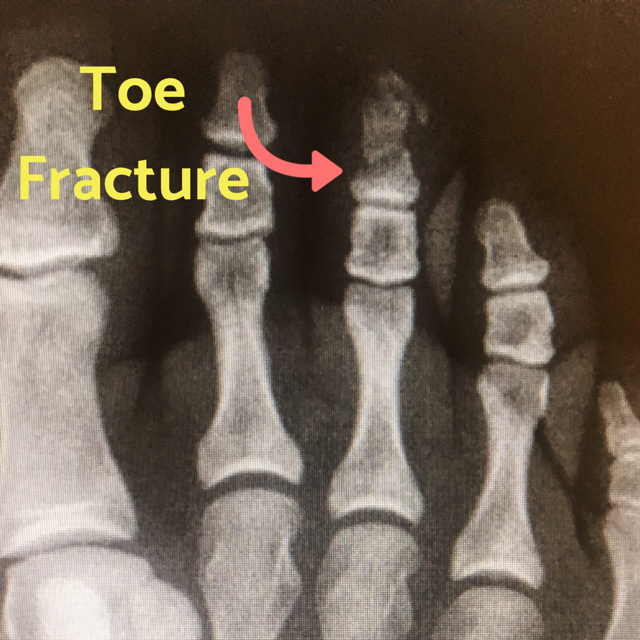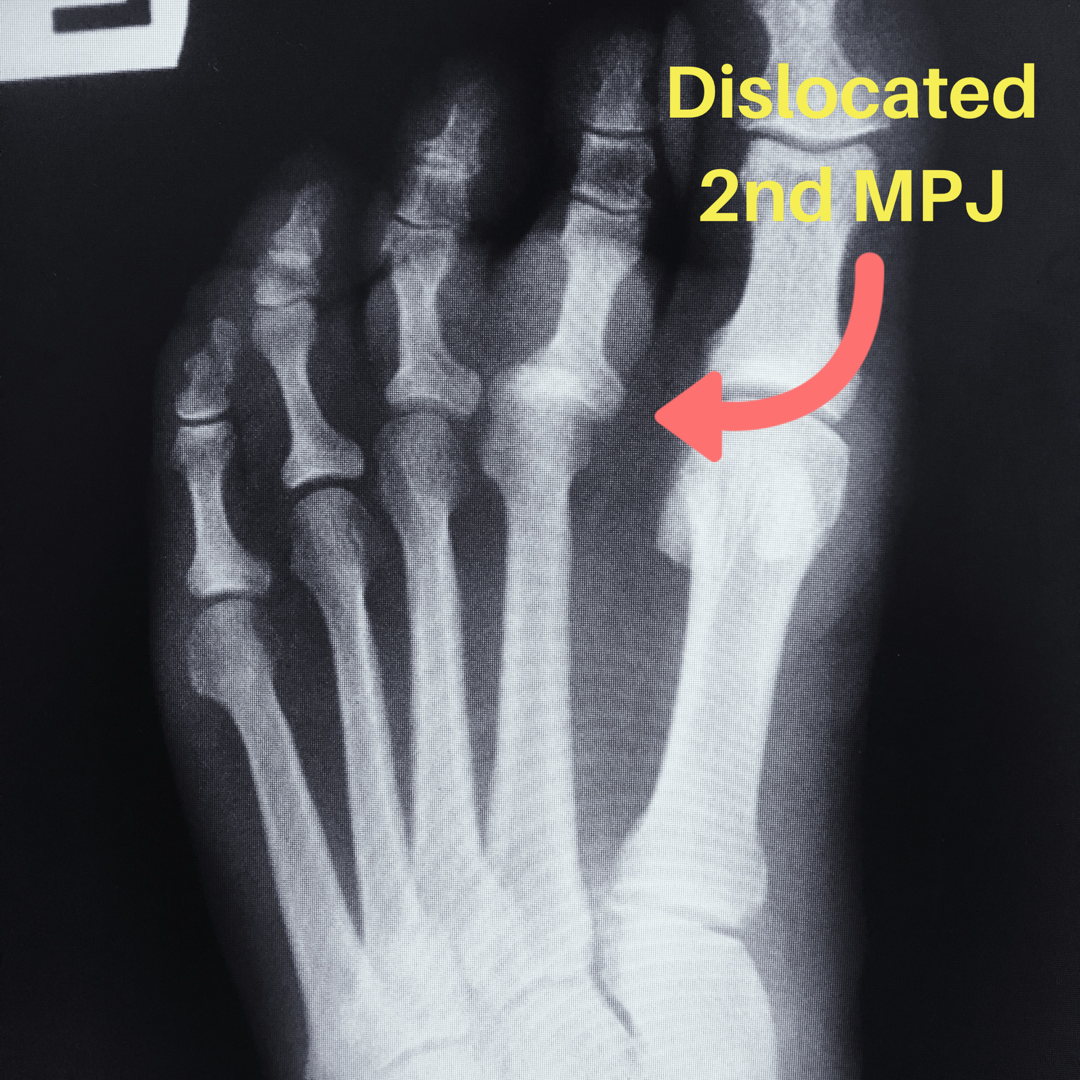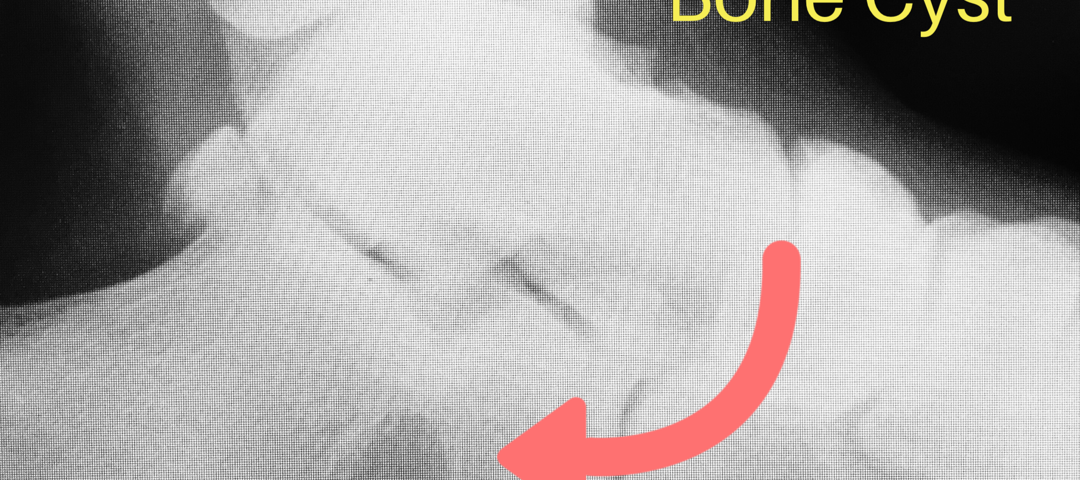
What to Know About a Broken Toe
July 5, 2018
Plantar Plate Injury
August 7, 2018What is a unicameral bone cyst?
Unicameral bone cysts (UBCs) are slow growing, benign, fluid filled lesions. They are believed to result from a venous obstruction or trauma.
Unicameral bone cysts present as a solitary lesion. This means that they will occur in only one bone in your entire body–rather than being scattered in multiple locations.
Where do unicameral bone cysts develop?
UBCs are most commonly seen in the humerus or femur, and are found within the first two decades of life. The calcaneus is the 6th most common site in the body. When unicameral bone cysts present in the foot, they will most likely be seen in the calcaneus. Unlike other locations in the body, unicameral bone cysts in the calcaneus will develop after the second decade of life.
Do unicameral bone cysts occur more in males or females?
Males are 2.5x as likely to develop unicameral bone cysts than females.
How are unicameral bone cysts diagnosed?
Most patients don’t present to clinic complaining about a painful unicameral bone cyst. When present in the calcaneus, unicameral bone cysts are typically an incidental finding on x-ray. This means that they generally are not painful nor are they the reason that the x-ray was being taken. However, when seen on x-ray, it is important to education the patient about potential future complications that can occur because of the unicameral bone cyst
Are unicameral bone cysts painful?
Sometimes unicameral bone cysts can cause pain or swelling, but this is very uncommon. They can become painful if a pathological fracture develops within them. This would occur secondary to some sort of trauma (i.e falling from a height, or being kicked in the heel).
To evaluate whether or not the cyst has been traumatized, we look for a “fallen fragment sign” within the lesion. On x-ray, this would look like a small chip of bone floating within the lesion.
How to treat a unicameral bone cyst?
If unicameral bone cysts become painful, there are conservative and surgical treatment options. Treatment protocols are determined by the severity of pain.
Conservative treatment includes observation, or a series of corticosteroid injections.
Surgical intervention may also be necessary in large painful lesions.
Unicameral bone cysts tend to present in the weak lateral cortex of the calcaneus. So if the lesion continues to expand, then the thin lateral cortex may fracture. To prevent a pathological fracture, preemptive surgical intervention in symptomatic lesions should be considered.
Surgically curettage with bone augmentation (i.e scooping out the contents of the cyst, and then packing the cyst with bone graft) or curettage and cannulated screw placement have both been proven effective.



